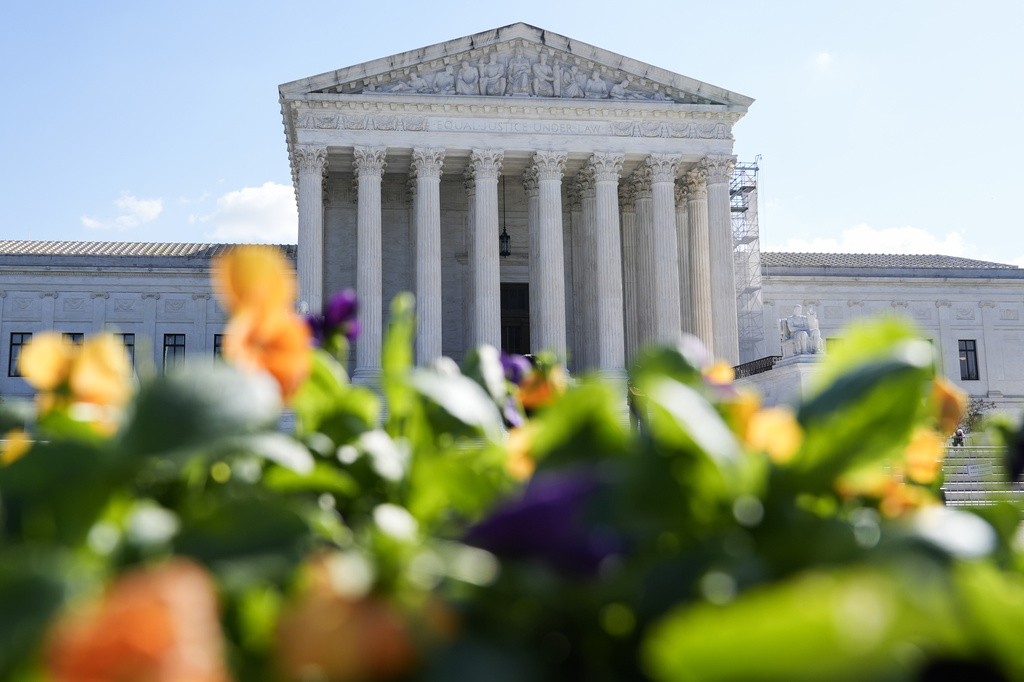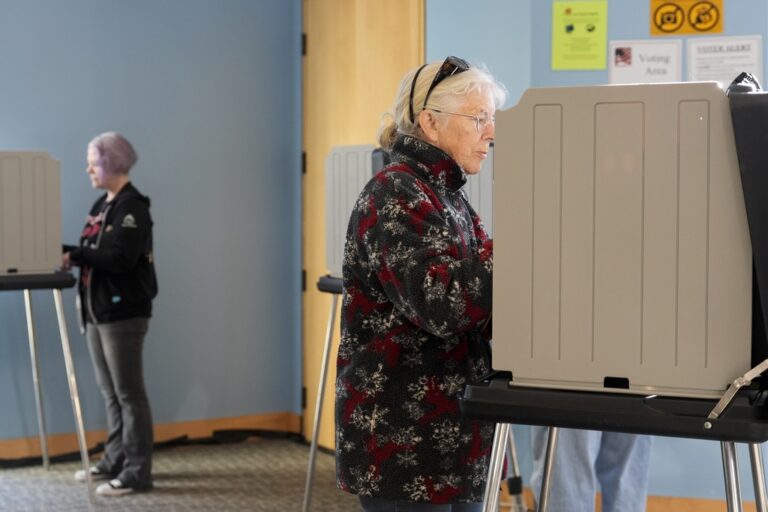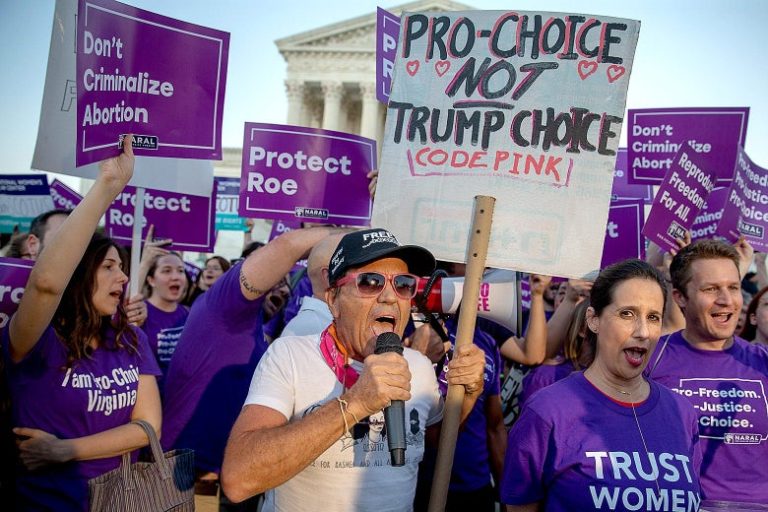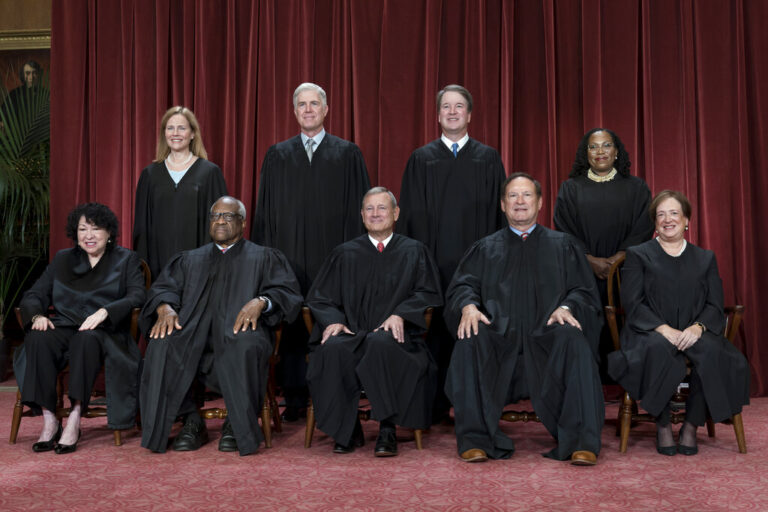
This summer has been one of the most impactful in American history. The Supreme Court’s overruling of the Chevron Doctrine in the case Loper Bright Enterprises v. Raimondo, argued alongside Relentless, Inc. v. Department of Commerce, may have been overshadowed by the presidential debate during the week it came out, but it remains an incredibly crucial event. It acts as one of the most severe reversals of the protections Americans have from corporations, overturning a precedent that has helped in keeping this country clean and safe for nearly fifty years. The ruling opened the gates for our court system to become even more backlogged and allowed corporations to go increasingly unchecked.
The first step to understanding what the Chevron Doctrine was and why it was so important is recognizing the role of our federal regulatory agencies. These agencies — such as the Environmental Protection Agency, Food and Drug Administration, and Securities and Exchange Commission — are organizations under the executive branch that operate independently and act as non-political entities. Their employees, aside from their heads, are not appointed by the president (though the Trump administration is seeking to overturn that through the proposed Schedule F Executive Order). Thanks to their non-political nature, they are able to work without political motives or corporate incentives to regulate industry.
Federal agencies have been instrumental in improving this country. For instance, the Environmental Protection Agency closed the holes in the ozone layer and got rid of acid rain. Another example is the National Transportation Safety Board, which is currently conducting investigations into aerospace manufacturer Boeing. These hearings are still ongoing, but have already begun to reveal just how unsafe and negligent Boeing’s business practices have been, highlighting the need for regulation and enforcement. We cannot trust corporations to protect consumers and uphold the public interest without oversight, because it is often antithetical to profit maximization.
Corporations have endless resources to send the best lawyers in the country to attack regulations leveled at them. However, the constitutionality of regulators has already been answered by cases such as Chevron v. Natural Resources Defense Council (1984), which established the Chevron doctrine. The question in this case was what regulators and courts do when Congress writes a law that could have multiple interpretations. The ruling stated that when Congress is vague in their writing, the courts must defer to the regulator, creating what is called “Chevron deference.” This has been a key precedent in time since its creation.
Without Chevron, the people resolving disputes will be judges, which has dangerous implications. One case that exemplifies these risks is Ohio v. Environmental Protection Agency, in which Justice Neil Gorsuch repeatedly confused the pollutant nitrogen oxide, a harmful emission, with nitrous oxide, colloquially known as laughing gas. This error went unnoticed all the way until the decision was released and was edited after the fact. It is clear that judges are not qualified to settle disputes on niche scientific issues. Alternatively, allowing corporations to self-regulate and dissolve the administrative state is simply not a viable option. Remember, the reason we do not have sweatshops in the U.S. is because of enforceable labor regulations and standards, but when given the chance, major corporations opted to move production overseas and use sweatshops because it was cheaper. If domestic regulations were absent, corporations would do the same in the U.S.
Chevron was the law of the land for 40 years, widely accepted by all legal academics. However, certain special interests were not too happy about it. A powerful conservative movement, backed by billionaire donors and carried out by conservative academics and intellectuals, has rapidly gained influence. Many of their pro-corporation, anti-regulation ideas are included in the Heritage Foundation’s Project 2025 and Donald Trump’s Agenda 47. Many policies were even enacted at the end of Trump’s first term with the Schedule F executive order. These interest groups have been able to gain a supermajority in the Supreme Court with six conservative justices in the country being appointed on the recommendation of the ultraconservative legal organization the Federalist Society. Two justices, Alito and Thomas, have been confirmed to be receiving gifts from the very billionaires and CEO’s deregulation stands to benefit.
This conservative Court has shown absolutely no regard for long-standing precedent, as evidenced by their overruling of Roe. Chevron was so heavily agreed upon that law schools actually incorporated it into their curriculum. However, when the Supreme Court was presented with the opportunity to overrule it, they took full advantage: they opted to completely change the legal and regulatory framework of this country to favor the very corporations that regulations were created to keep in check.
Due to regulators no longer being given deference, we will see a massive influx of lawsuits from corporations on the grounds that a certain regulation might not relate to their exact situation — such as a fisherman’s species of fish not being explicitly named in regulations. It is worth noting that the lawyer who argued on behalf of Loper Bright, in favor of overturning Chevron, is a member of the Federalist Society — the same group that gave Donald Trump all of his court appointments and which all six conservative justices are members of. Additionally, the lawyers arguing this case were not paid for by the fishermen themselves. Instead, they were funded by organizations connected to billionaire oil tycoon Charles Koch, who has been instrumental in conservative efforts to weaken the federal government.
We are entering unprecedented territory. Not only does this ruling significantly damage the powers that regulators have to protect us, our country, and our environment, but it also signals just how far the Court has fallen. We have two justices taking private vacations on the dime of billionaires, and the Federalist Society, a radical far right organization, has a 6-3 majority in the Supreme Court. They are not ruling on any thorough or consistent interpretation of the Constitution or legal precedent, but rather working purely on behalf of corporate wills. Moving forward, we need to place more limits on what the Supreme Court can and cannot do, while also working to reverse the damage they have wrought on our rule of law.
The Zeitgeist aims to publish ideas worth discussing. The views presented are solely those of the writer and do not necessarily reflect the views of the editorial board.



